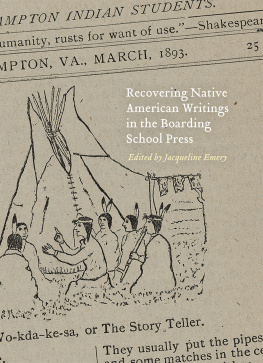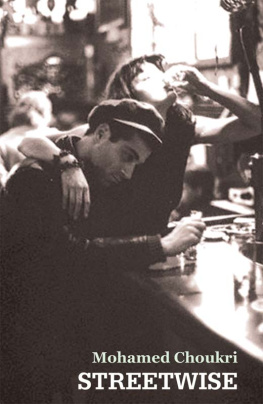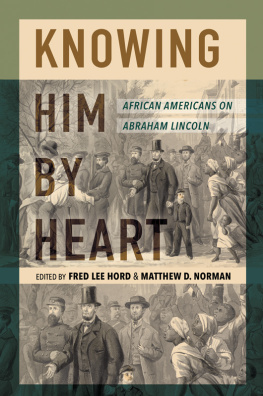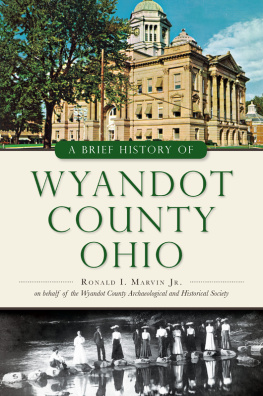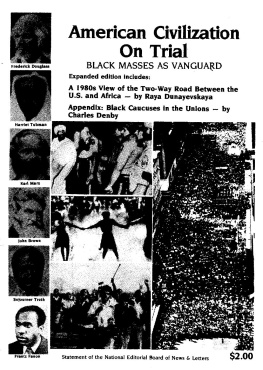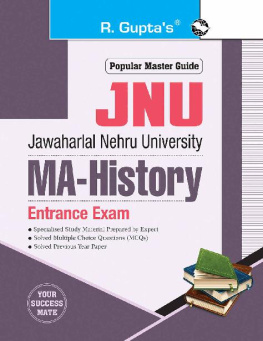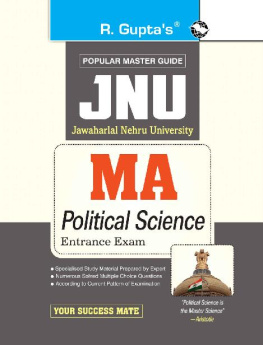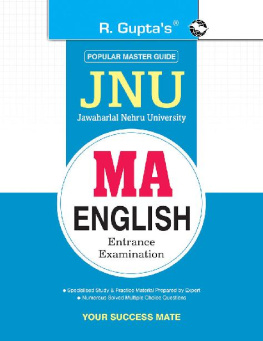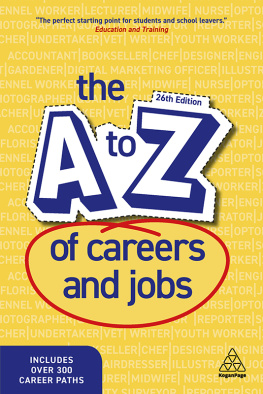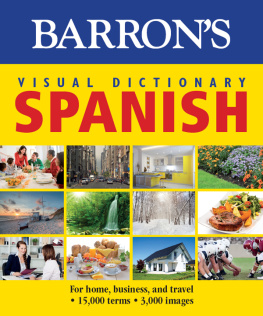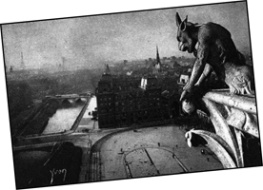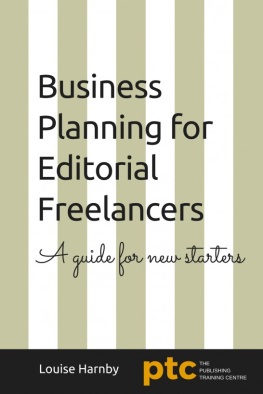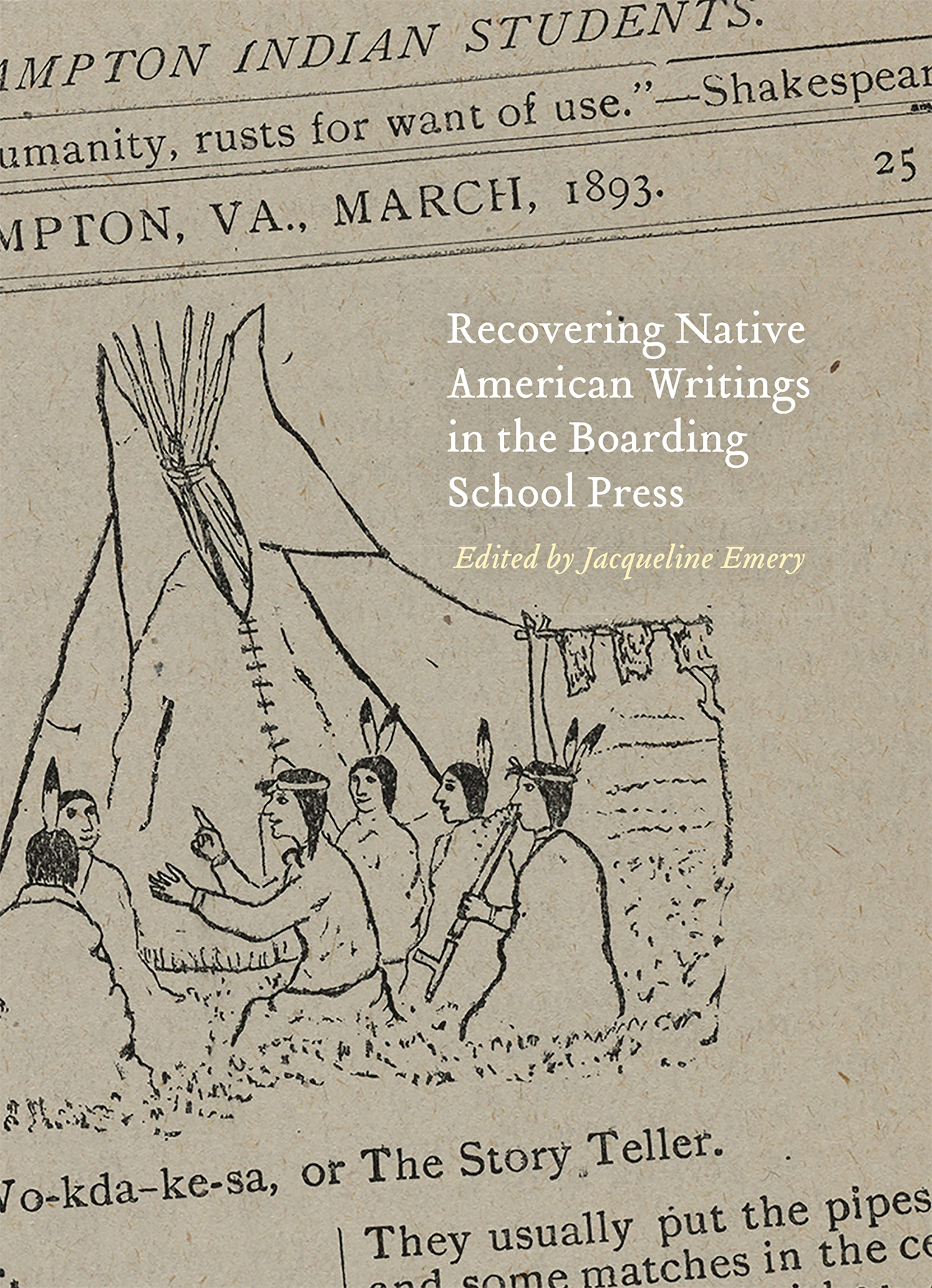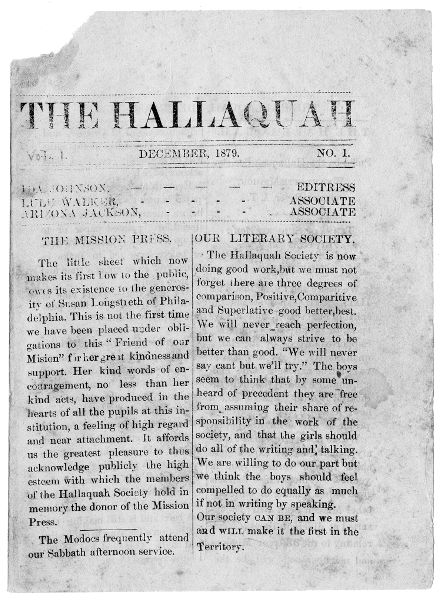We offer to read an annotation, description, summary or preface (depends on what the author of the book "Recovering Native American Writings in the Boarding School Press" wrote himself). If you haven't found the necessary information about the book — write in the comments, we will try to find it.
Introduction -- Part One. Writings by Boarding School Students. Letters. Arizona Jackson (Wyandot) : Letter to Laura, 1880; Letter to the Editors, 1881; Letter to Susan Longstreth, 1881 -- Samuel Townsend (Pawnee) : Letter by an Apprentice, 1880 -- Luther Standing Bear (Oglala Sioux) : Letter on Baltimore, 1881; Letter to Father, 1882 -- Editorials. Ida Johnson (Wyandot?), Arizona Jackson (Wyandot), and Lula Walker (Wyandot) : Hallaquah Editorial, December 1879; Hallaquah Editorial, January 1880; Hallaquah Editorial, February 1880; Hallaquah Editorial, March-April 1880; Hallaquah Editorial, May 1880 -- Lucy Grey (Seneca), Arizona Jackson (Wyandot), and Bertrand N.O. Walker (Wyandot) : Hallaquah Editorial, January 1881; Hallaquah Editorial, February 1881; Hallaquah Editorial, March 1881; Hallaquah Editorial, April 1881; Hallaquah Editorial, May 1881; Hallaquah Editorial, August, September, October, and November 1881 -- Samuel Townsend (Pawnee) : School News Editorial, June 1880; School News Editorial, July 1880; School News Editorial, August 1880; School News Editorial, October 1880; School News Editorial, December 1880; School News Editorial, January 1881; School News Editorial, February 1881 -- Annie Lovejoy (Sioux), Addie Stevens (Winnebago), James Enouf (Potawatomi), and Frank Hubbard (Penobscot) : Our Motto Changed, Talks and Thoughts Editorial, January 1892 -- Essays. Henry Caruthers Roman Nose (Southern Cheyenne) : An Indian Boys Camp Life, 1880; Roman Nose Goes to New York, 1880; Roman Nose Goes to Indian Territory, 1880; Experiences of H.C. Roman Nose, 1880; Experiences of H.C. Roman Nose, on Captain Pratt, 1881; Experiences of H.C. Roman Nose, on Going to Hampton, 1881; Experiences of H.C. Roman Nose, on Getting an Education,1881 -- Mary North (Arapaho) : A Little Story, 1880 --Joseph Du Bray (Yankton Sioux) : Indians Accustoms, 1891; How to Walk Straight, 1892; The Sun Dance, 1893 -- Robert Placidus Higheagle (Standing Rock Sioux) : Tipi-iyokihe, 1895 -- Samuel Baskin (Santee Sioux) : What the White Man Has Gained from the Indian, 1896 -- Alonzo Lee (Eastern Band Cherokee) : The Trail of the Serpent, 1896; Indian Folk-Lore, 1896; An Indian Naturalist, 1897; Transition Scenes, 1899 -- Anna Bender (White Earth Chippewa) : A Glimpse of the Old Indian Religion, 1904; An Indian Girl in Boston, 1904 -- Elizabeth Bender (White Earth Chippewa) : From Hampton to New York, 1905 -- J. William Ettawageshik (Ottawa) : My Home Locality, 1909 -- Caleb Carter (Nez Perc) : Christmas Among the Nez Percs, 1911; How the Nez Percs Trained for Long Distance Running, 1911 -- Short Stories and Retold Tales. Joseph Du Bray (Yankton Sioux) : A Fox and a Wolf: A Fable, 1892 -- Harry Hand (Crow Creek Sioux) : The Brave War-Chief and the Ghost, 1892; A Buffalo Hunt, 1892; The Story Teller, 1893; The Adventures of a Strange Family, 1893 -- Chapman Schanandoah (Oneida) : How the Bear Lost His Tail: An Old Indian Story, 1893 -- Robert Placidus Higheagle (Standing Rock Sioux) : The Brave Deaf and Dumb Boy, 1893; The Legend of Owl River, 1895 -- Samuel Baskin (Santee Sioux) : Ite Waste, or Fair Face, 1895 -- Stella Vanessa Bear (Arikara) : An Indian Story, 1903; How People First Came to the World, 1903; An Enemys Revenge, 1905; Ghost Bride Pawnee Legend, 1910; Indian Legend--Creation of the World, 1910 -- Anna Bender (White Earth Chippewa) : Quitals First Hunt, 1904; The First Squirrel, 1904; The Big Dipper, 1904 -- William J. Owl (Eastern Band Cherokee) : The Beautiful Bird, 1910; The Way the Opossum Derived His Name, 1912 -- Emma La Vatta (Fort Hall Shoshoni) : The Story of the Deerskin, 1910; Why the Snakes Head Became Flat, 1911 -- J. William Ettawageshik (Ottawa) : Maple Sugar Sand, 1911 -- Caleb Carter (Nez Perc) : The Coyote and the Wind, 1913; The Feast of the Animals, 1913 -- Part Two. Writings by Late Nineteenth- and Early Twentieth-Century Native American Public Intellectuals -- Francis La Flesche (Omaha) : Address to Carlisle Students, 1886; The Laughing Bird, the Wren: An Indian Legend, 1900; The Past Life of the Plains Indians, 1905; One Touch of Nature, 1913 -- Carlos Montezuma (Yavapai) : An Apache, to the Students of Carlisle Indian School, 1887; The Indian Problem from the Indians Standpoint, 1898; Civilized Arrow Shots from an Apache Indian, 1902; The Indian Dance, 1902; Flash Lights on the Indian Question, 1902; How America Has Betrayed the Indian, 1903 -- Charles Alexander Eastman (Santee Sioux) : An Indian Collegians Speech, 1888; Address at Carlisle Commencement, 1899; The Making of a Prophet, 1899; Notes of a Trip to the Southwest, 1900; An Indian Festival, 1900; A True Story with Several Morals, 1900; Indian Traits, 1903; The Indians View of the Indian in Literature, 1903; Life and Handicrafts of the Northern Ojibwas, 1911; My People: The Indians Contribution to the Art of America, 1914 -- Angel De Cora (Winnebago) : My People, 1897; The Native Indian Art, 1907; An Autobiography, 1911 -- Gertrude Bonnin (Yankton Sioux) : School Days of an Indian Girl, 1900; Letter to the Red Man, 1900; A Protest Against the Abolition of the Indian Dance, 1902 -- Laura Cornelius Kellogg (Oneida) : Indian Public Opinion, 1902 -- John Milton Oskison (Cherokee) : The Outlook for the Indian, 1903; The Problem of Old Harjo, 1907; The Indian in the Professions, 1912; Address by J.M. Oskison, 1912; An Indian Animal Story, 1914 -- Arthur Caswell Parker (Seneca) : Making New Americans from Old, 1911; Progress for the Indian, 1912; Needed Changes in Indian Affairs, 1912 -- Henry Roe Cloud (Winnebago) : Education of the American Indian, 1915 -- Elizabeth Bender (White Earth Chippewa) : Training Indian Girls for Efficient Home Makers, 1916; A Hampton Graduates Experience, 1916.;Anthology of editorials, articles, and essays written and published by Indigenous students at boarding schools around the turn of the twentieth century--Provided by publisher.;Recovering Native American Writings in the Boarding School Press is the first comprehensive collection of writings by students and well-known Native American authors who published in boarding school newspapers during the late nineteenth and early twentieth centuries. Students used their acquired literacy in English along with more concrete tools that the boarding schools made available, such as printing technology, to create identities for themselves as editors and writers. In these roles they sought to challenge Native American stereotypes and share issues of importance to their communities. Writings by Gertrude Bonnin (Zitkala-sa), Charles Eastman, and Luther Standing Bear are paired with the works of lesser-known writers to reveal parallels and points of contrast between students and generations. Drawing works primarily from the Carlisle Indian Industrial School (Pennsylvania), the Hampton Institute (Virginia), and the Seneca Indian School (Oklahoma), Jacqueline Emery illustrates how the boarding school presses were used for numerous and competing purposes. While some student writings appear to reflect the assimilationist agenda, others provide more critical perspectives on the schools agendas and the dominant culture. This collection of Native-authored letters, editorials, essays, short fiction, and retold tales published in boarding school newspapers illuminates the boarding school legacy and how it has shaped, and continues to shape, Native American literary production--Provided by publisher.

